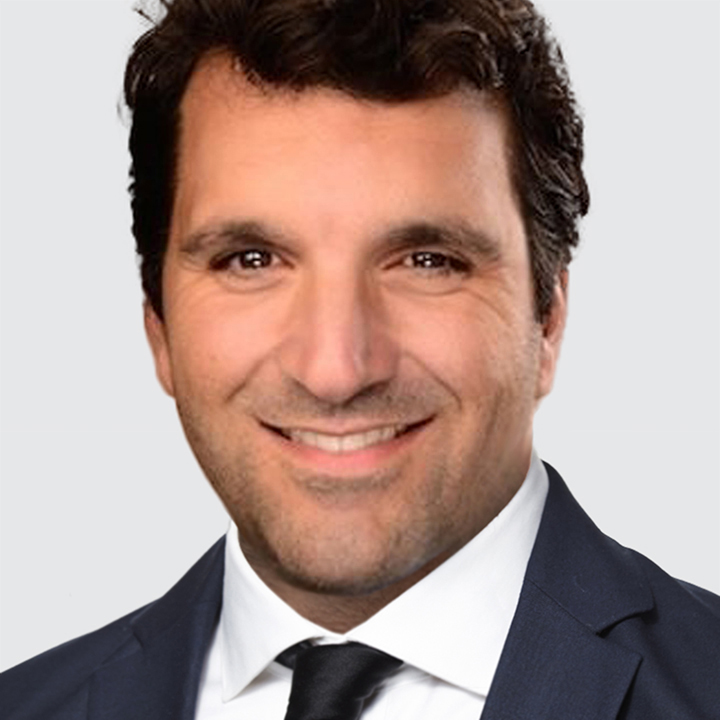Ready, Set, Inflate
- USD is building on this week’s advance ahead of today’s US November CPI print.
- Bank of Canada is expected to slash rates 50bps to 3.25%. Brazil’s central bank is expected to raise rates 75bps to 12.00%.
- Chinese policymakers are considering allowing the yuan to weaken in 2025 according to a Reuters report. CNH plunge.
USD is firmer ahead of today’s US November CPI data (1:30pm London). Headline CPI is expected at 2.7% y/y vs. 2.6% in October and core CPI is expected at 3.3% y/y vs. 3.3% in October. Inflation has eased significantly over the past two years, but recent data have raised the possibility that progress on inflation may be stalling well above 2%. For instance, the Cleveland Fed’s Nowcast model for December forecasts headline and core at 2.8% y/y and 3.3% y/y, respectively. As such, we see room for US interest rate expectations to adjust higher in favor of USD and Treasury yields.
EUR/USD faces more downside pressure due to a more dovish ECB stance than the Fed. The political paralysis in France and Germany means the ECB will have to do the heavy lifting to support the Eurozone economy.
Today, German Chancellor Olaf Scholz plans to request a Decembre 16 confidence vote that will trigger a snap election in February 23. Polls currently show the opposition conservatives under Friedrich Merz lead by a wide margin at around 31%, followed by the far-right Alternative for Germany at about 18%, and Scholz’s SPD at 17%.
Encouragingly, Merz is open to relax the so-called debt brake (which restricts annual structural deficits to 0.35% of GDP in any fiscal year), “if extra borrowing were to boost investment.” Nonetheless, fiscal support to the weak Germany economy will require time to take shape as the formation of a new coalition government could take weeks or months.
In France, President Emmanuel Macron plans to appoint a new prime minister by Thursday. But the deeply divided parliament will make it hard for any new government to implement major fiscal changes. Importantly, the political drama faces additional twists and turns because new parliamentary elections cannot be held before June 2025 and Macron pledged to stay in place until his term end in May 2027.
USD/JPY is facing resistance at its 200-day moving average (152.00). Still, we expect USD/JPY to break higher in part because Japan’s disinflation and unimpressive growth outlook point to a shallow Bank of Japan normalization cycle. Japan’s BSI business conditions index rose to a one year high at 5.7 vs. 5.1 in Q3. However, the outlook for the next two quarters is indicative of softer business activity.
CAD will take its cue today from the Bank of Canada’s (BOC) policy rate decision (2:45pm London). The market implies an 83% probability of a 50bps BOC rate cut to 3.25%. The BOC has room to deliver a follow-up 50bps cut which can drag CAD lower. Inflation in Canada is close to 2%, inflationary pressures are no longer broad-based, and tight monetary policy adds to the economy’s downside risk. The BOC estimates the nominal neutral policy interest rate to be between 2.25% to 3.25%. The next Monetary Policy Report will be released following the January 29 policy-setting meeting.
AUD/USD is trading heavy near a four-month low. AUD/USD is vulnerable to more downside as there is room for the market to raise bets of a February RBA rate cut following yesterday’s dovish hold. Cash rate futures imply 70% probability of a 25bps cut in February. RBA Deputy Governor Andrew Hauser speaks today (8:15am London).
USD/CNH spiked-up after Reuters reported that China’s policymakers are considering allowing the yuan to weaken in 2025 in response to the threat of higher US trade tariffs. In the meantime, China’s annual two-day closed-door Central Economic Work Conference kicked-off today. At that conclave, GDP growth target and stimulus plans for 2025 are set. Earlier this week, the Politburo signaled a “more proactive” fiscal policy, a “moderately loose” monetary stance and pledged to “vigorously boost consumption” next year.
Brazil’s central bank (BCB) meets today and is expected to raise rates 75bps to 12.00% (9:30pm London). The risk is a 100bps hike in part because inflation is gaining traction. In November, inflation quickened to a 13-month high at 4.87% y/y year vs. 4.76% in October and is running above the central bank’s 4.5% ceiling target. Today’s BCB meeting will be the last one chaired by Roberto Campos Neto. Gabriel Galípolo takes over on January 1.

